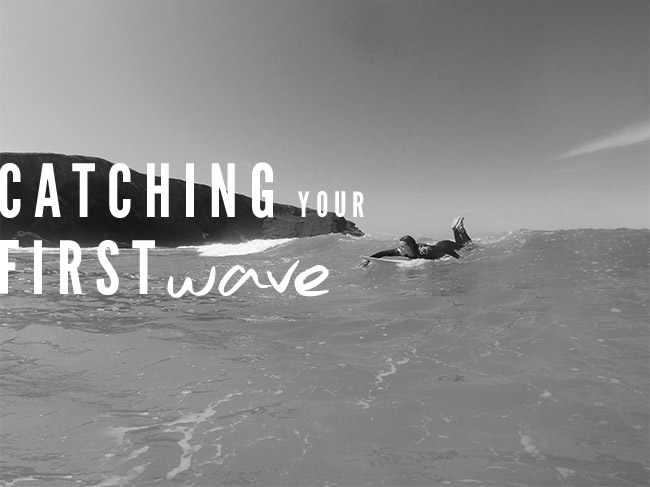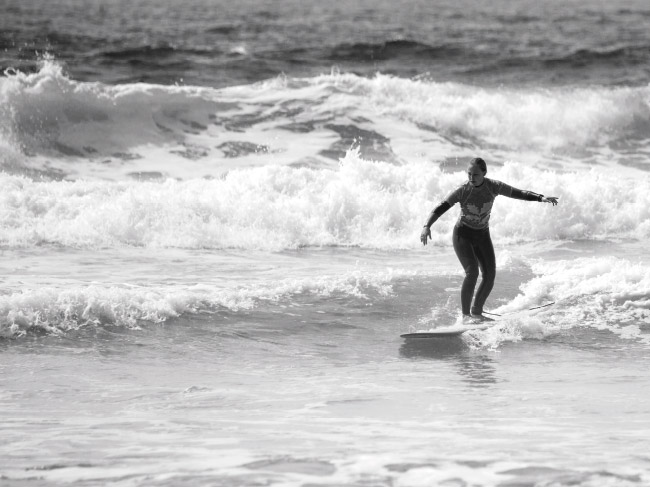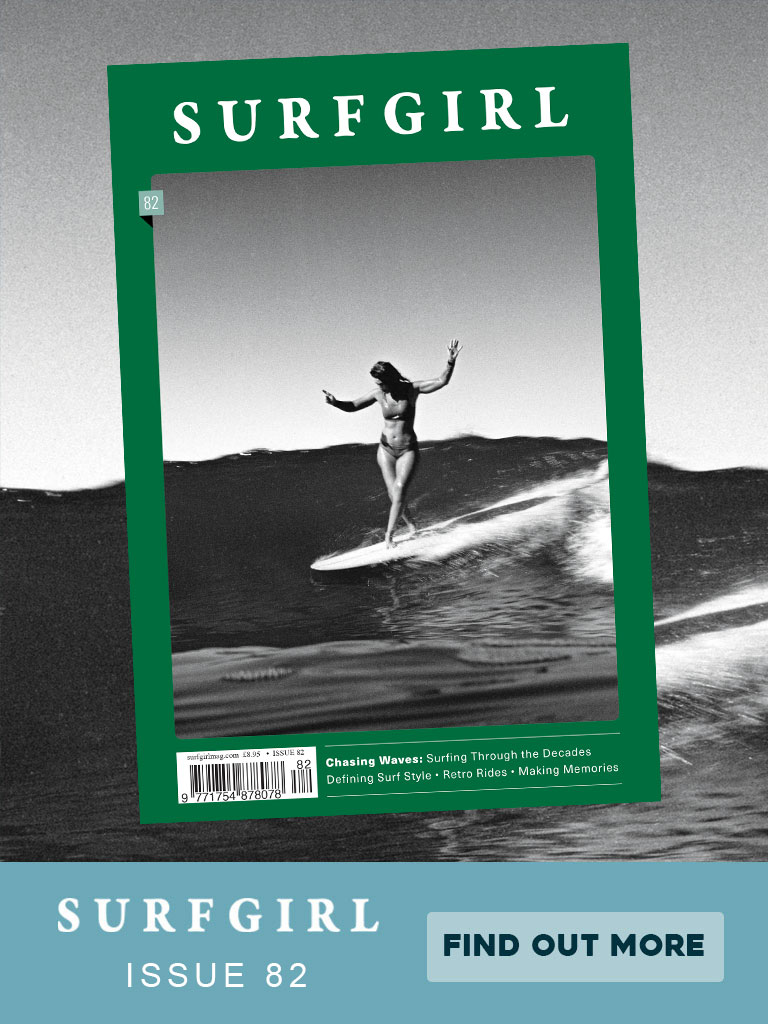
Out the back is the place to catch the best waves. Kook around and have fun in the white-water all you like, but when it comes to taking your surfing to the next level, you’ve got to get out there and slide down some unbroken beauties. So how’s it done?
1. Read the waves
From your vantage point out beyond the breaking peaks, you can see where the waves are coming from and where they are breaking. Hopefully in perfect A-frames over and over again. When selecting your first green wave it’s best to wait for the main set to pass, then pick off a smaller one in its wake. This way if you miss or wipe out, you haven’t got to deal with the rest of the set on your head.
2. Position
Watch a set come through and work out where you need to be. Paddle past the whitewater until you reach a point of calm water where the waves aren’t breaking yet. However, don’t go out much further than this, because you won’t catch any waves and you could end up drifting out too far.
Paddle for a few to get a feel for how powerful they are and how deep you need to go to catch one. Unbroken waves are different to already broken ones – you need momentum to get onto them so if you are too far on the shoulder they will simply pass beneath you. Edge your way deeper towards the peak until you feel that the waves are almost taking you, but not so deep that you will be dumped on by the lip and end up back where you started.
3. Paddling
Now paddle your heart out. Press your chest down onto your board to keep the nose down and begin to angle your take off in the direction you want to go as the wave starts to lift your tail. When you think you’re ready to pop up, give it an extra two or three power strokes, just to be sure, then away you go.

4. Get Up and Ride!
Once you are sure you are going with the wave and your board is angled diagonally down the face of the wave (not straight down, not horizontal) execute a smooth pop up, just as you’ve been practising. Stay low as it’s easier to balance and stay with your board. You’ll find you’re going a lot faster than you’re used to and will have to lean forward a little to compensate. And you’re wave riding!
5. Don’t Get Down Hearted
Learning to surf can be a long and trying journey. Often it simply boils down to time in the water, and there is no other way around putting the hours in. Remember that it’s all about having fun, and that although going out back and catching your first green wave might be scary, you’ll get a smile that lasts forever when you’ve done it!




